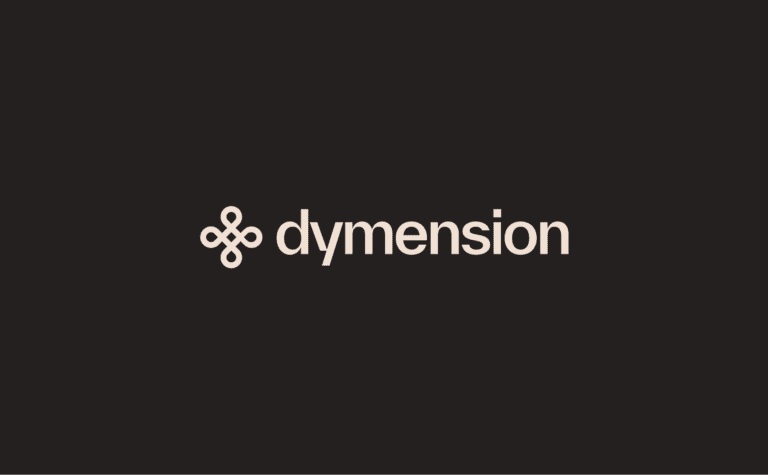Your ultimate resource for learning cryptocurrency
Welcome to Blue Collar Crypto

2K+
20+










Welcome to simplified Crypto learning with Blue Collar Crypto.
The place to learn about Cryptocurrency in a way that’s easy for everyone to understand! We know that Crypto and Blockchain can be confusing, but don’t worry, we’re here to help you along every step of the way.

Learn With Us
We are your ultimate resource for learning Cryptocurrency. Our goal is to simplify the world of digital currencies and make it understandable to all. Whether you’re just beginning to learn about Crypto or a seasoned investor looking to broaden your knowledge, we have got you covered.
Our modules and lessons will take you step by step through the world of Cryptocurrency A-Z. At the end of each module, there will be a quiz to test what you have learned. The information we provide and what you learn here will be extremely valuable on your journey into the world of Cryptocurrency and the Blockchain. Take your Crypto knowledge to the next level with Blue Collar Crypto Learning.

A-Z
Of cryptos
15+
Courses

Our Goal
Get ready to discover new possibilities
At Blue Collar Crypto Learning, our goal is to help hardworking people like you explore the world of Cryptocurrency. We want to make sure you have all the knowledge and tools you need for this exciting adventure. Our platform will give you the confidence to take your first steps into this new world and create your own path. Get ready to discover new possibilities and make your mark in the Blockchain space. With Blue Collar Crypto by your side, we’ll embark on this journey together and redefine what’s possible in Cryptocurrencies.


Explore speedy, secure crypto solutions to revolutionize transactions.

Empower with decentralized finance insights for financial freedom.

Unleash innovation through financial education and crypto insights.
Dive into an easy-to-learn Crypto Course 📚🚀
Choose from over 15+ free courses



